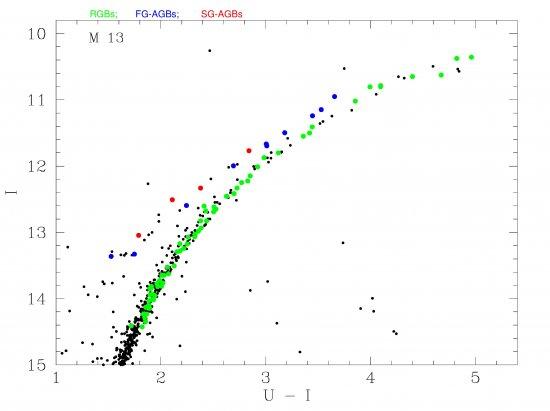Galactic globular clusters (GCs) are known to host multiple stellar populations: a first generation (FG) with a chemical pattern typical of halo field stars and a second generation (SG) enriched in Na and Al and depleted in O and Mg. Both stellar generations are found at different evolutionary stages (e.g., the main-sequence turnoff, the subgiant branch, and the red giant branch (RGB)). The non-detection of SG asymptotic giant branch (AGB) stars in several metal-poor ([Fe/H] < ‑1) GCs suggests that not all SG stars ascend the AGB phase, and that failed AGB stars may be very common in metal-poor GCs. This observation represents a serious problem for stellar evolution and GC formation/evolution theories. We have detected fourteen SG-AGB stars in four metal-poor GCs (M13, M5, M3, and M2) with different observational properties: horizontal branch (HB) morphology, metallicity, and age. By combining the H-band Al abundances obtained by the Apache Point Observatory Galactic Evolution Experiment survey with ground-based optical photometry, we identify SG Al-rich AGB stars in these four GCs and show that Al-rich RGB/AGB GC stars should be Na-rich. Our observations resolve the apparent problem for stellar evolution, supporting the existing horizontal branch star canonical models, and may help to discern the nature of the GC polluters.
Colour-magnitude diagram (a form of the Hertzsprung-Russell diagram) of the globular cluster M13. The AGB stars of the first and second generations are shown in blue and red, respectively, while the less evolved red giants are shown in green. Crédits: ada
Advertised on
References



